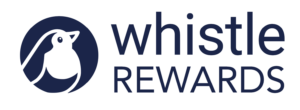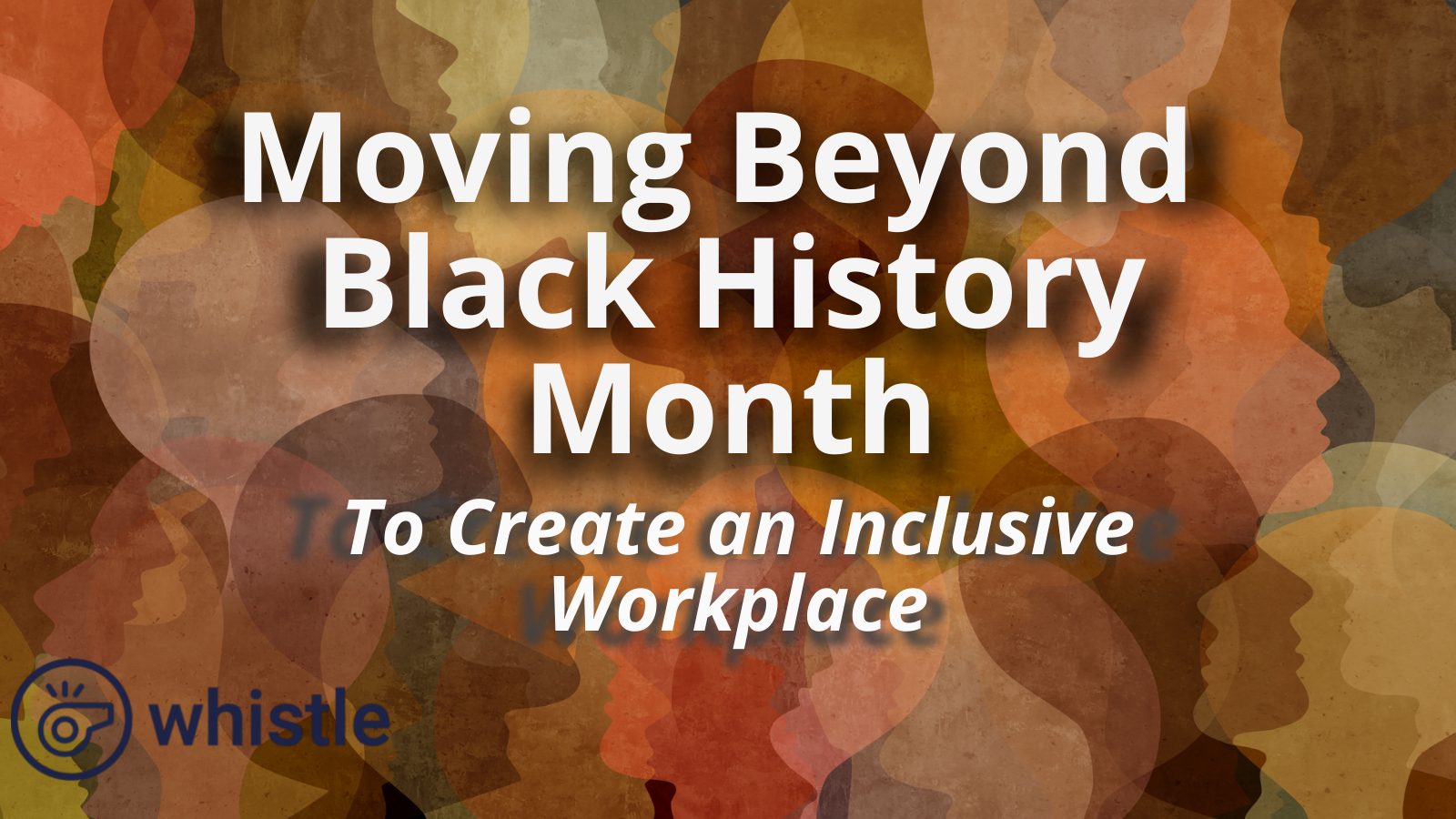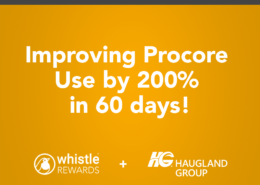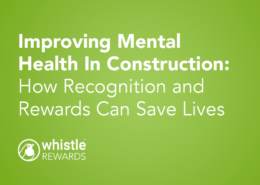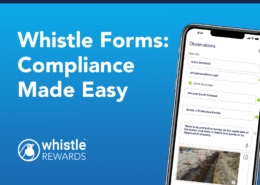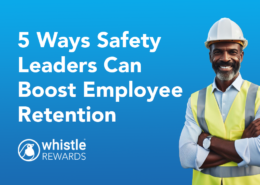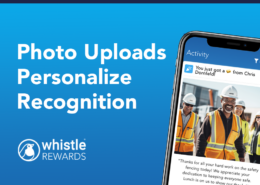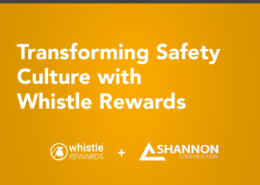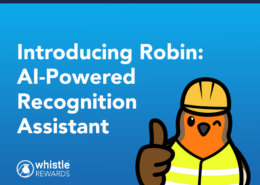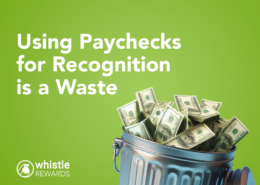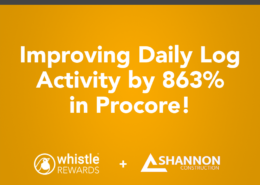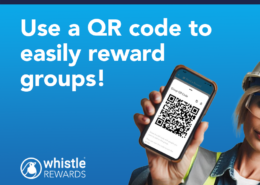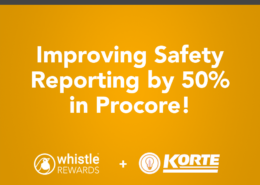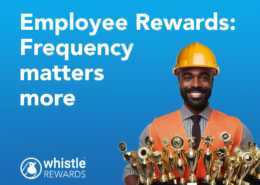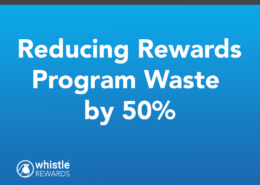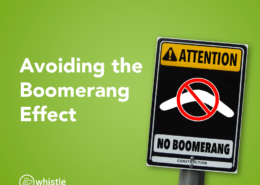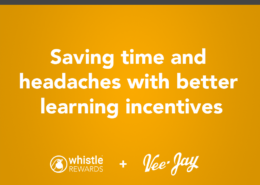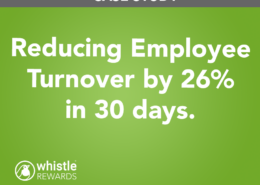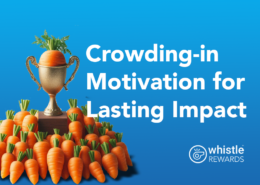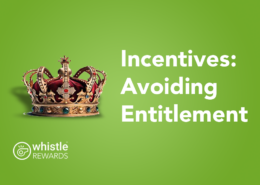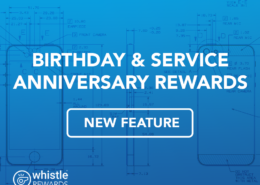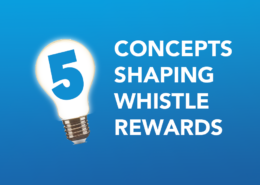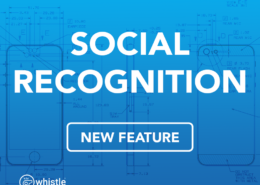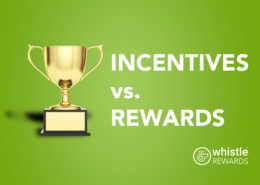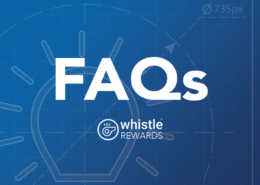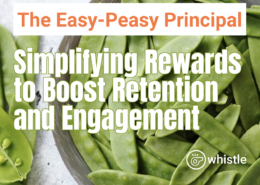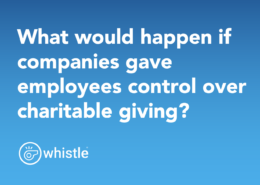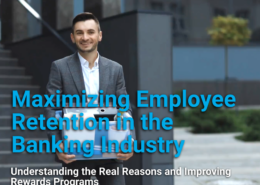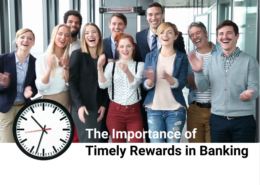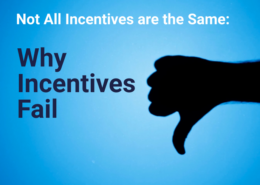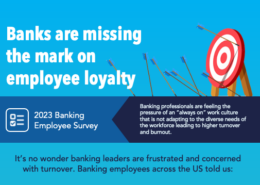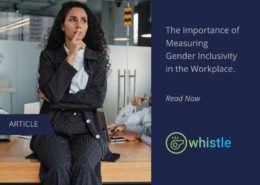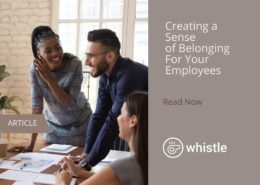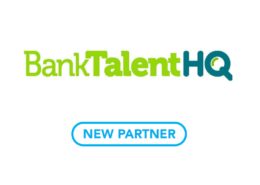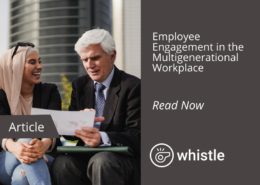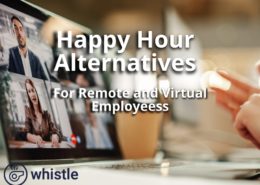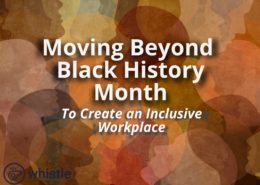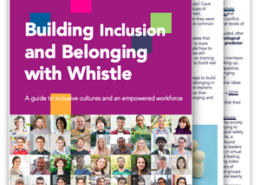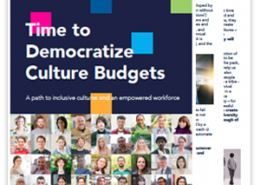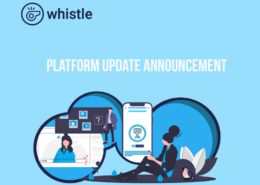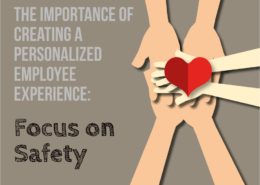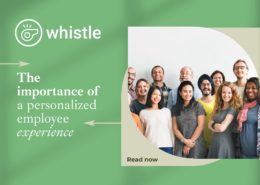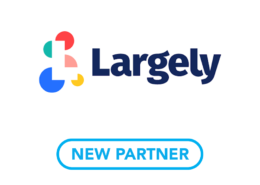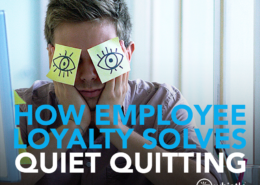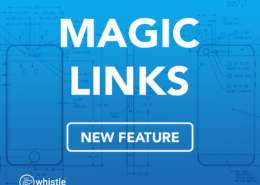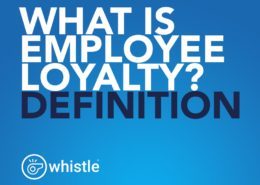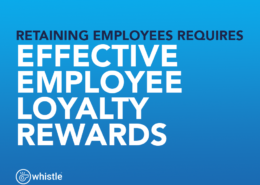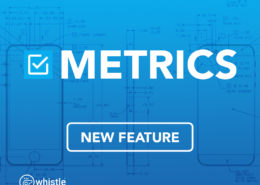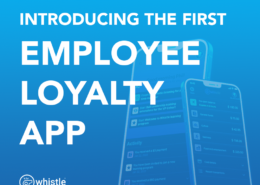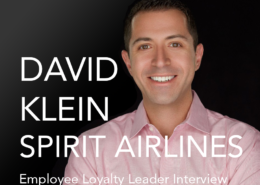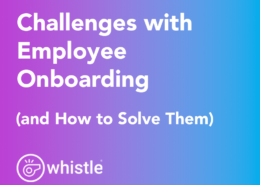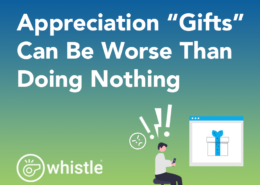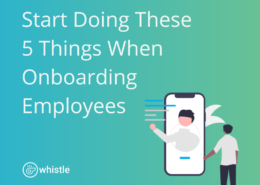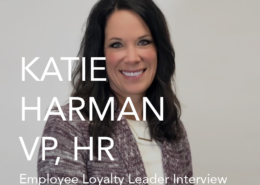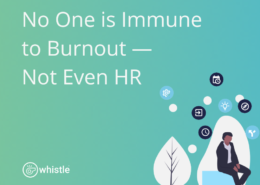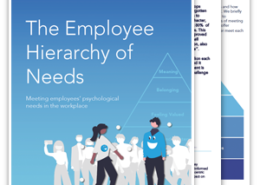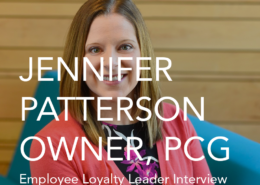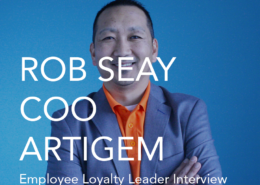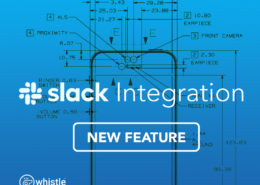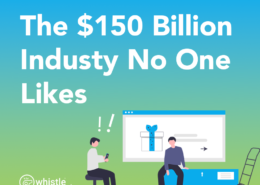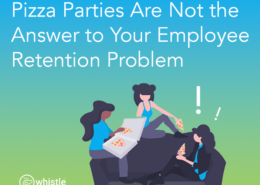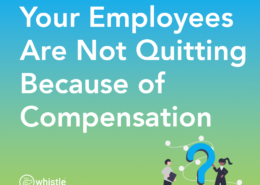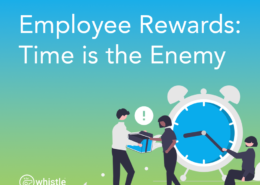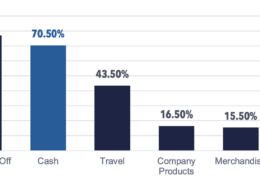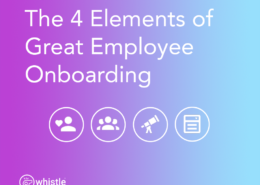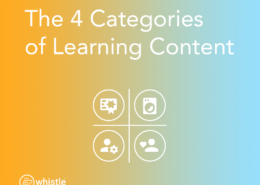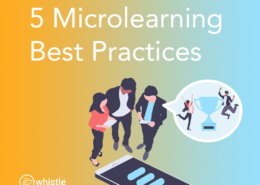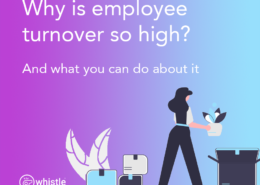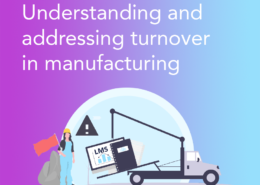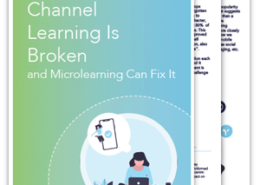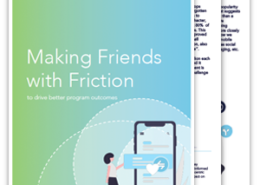Moving Beyond Black History Month to Create an Inclusive Workplace
Engagement for BIPOC employees is essential for creating an inclusive work culture and organizational success. Engaged employees tend to have higher productivity, superior customer service, lower turnover rates, and improved financial results. In order to foster such a culture in the company, provide growth and developmental opportunities, as well as encourage open and honest communication, organizations must encourage positive attitudes toward their workers in order to boost employee engagement levels. Black History Month presents an ideal opportunity to increase employee engagement by cultivating a culture of appreciation.
In today’s globalized workplace, it is essential to foster an inclusive atmosphere. Celebrating Black History Month provides us with a chance to acknowledge and honor the contributions of African Americans throughout history while serving as a reminder about ongoing struggles for equality. Organizations must go beyond simply making a statement about Black History Month; they must embrace an inclusive approach when creating workplace environments.
DEIB (Diversity, Equity, Inclusion and Belonging) and Black History Month have a direct impact on employee engagement. When workplaces value and support diversity and inclusion, employees feel valued for their unique experiences and perspectives. Engaging employees in new perspectives may include highlighting black leaders in an employee’s space, developing an employee engagement program and creating a space for learning about what it means to be inclusive, even after Black History Month has ended.
How can organizations foster an environment where all employees benefit from diversity of perspectives, experiences, and backgrounds?
Creating an inclusive workplace is paramount for Diversity, Equity, Inclusion, and Belonging (DEIB) initiatives. Black History Month serves as a reminder to celebrate the accomplishments of African Americans and strive for equality. Organizations must go beyond simply making a statement about Black history and take an inclusive approach when creating workplace environments. DEIB leaders such as Verna Myers, Dereca Blackmon, and Glenn Ellis have made major contributions to this field. The work of these leaders can be applied to a work environment through effective employee engagement programs and rewards.
An inclusive workplace can be achieved through an effective employee engagement program. By gaining insight into which employees are being recognized for their contributions and which aren’t, organizations can identify patterns and address any issues related to equity, disengagement, or turnover that arise. BIPOC (Black, Indigenous and people of color) employees and managers can foster a sense of belonging and community when openly recognized and appreciated one another’s efforts and contributions.
Employee engagement rewards are important tools in encouraging inclusive behaviors in the workplace. By rewarding employees who demonstrate DEIB behaviors, organizations can reinforce these positive actions and foster an atmosphere where diversity is celebrated and valued. Incentives like bonuses, promotions, and employee rewards can all be utilized to acknowledge those who make efforts toward creating an equitable atmosphere at work. Rewarding inclusive behaviors is a crucial step toward encouraging DEIB efforts while creating an encouraging workplace atmosphere for all employees.
Workplace Rewarding, Inclusive Behaviors
- Link Rewards to Inclusion Goals: Establishing a reward system that promotes DEIB is the first step toward creating one. If your objective is to make the workplace more inclusive for people from underrepresented groups, then rewarding the people who take initiative in achieving this objective is an effective way to reinforce it.
- Identification of Desired Behaviors: It is essential to identify the behaviors most likely to support your objectives. For instance, rewarding employees for demonstrating empathy and respect toward colleagues or engaging in productive discussions about DEIB issues could be a motivating incentive.
- Measuring Success: In order to evaluate whether your reward system is successful, you must define how success will be measured. These metrics could include employee satisfaction surveys, feedback from employees about DEIB initiatives or progress toward specific objectives.
- Assess Appropriateness. Finally, it’s important to determine if the reward your employee receives is commensurate with their work.
You can tie rewards to specific inclusion goals, identify the desired inclusive behavior, measure success and assess its appropriateness for creating a reward structure that supports DEIB, encourages inclusive behaviors and fosters an environment of diversity, equity and inclusion at work.
DEIB is crucial for employee retention, productivity, and driving innovation in the workplace. However, inclusivity is more than just recruiting diverse workers. It requires creating an environment where everyone feels valued. Culture budgets can be used to increase employee engagement. Culture budgets create a way for employees to receive cash through a payments program when engaging in learning, inclusive behaviors or completing a daunting task. With Whistle, managers can easily create budgets and send funds to employees for displaying inclusive behaviors in the workplace. By connecting rewards to DEIB goals, identifying desired inclusive behaviors, measuring success, and assessing appropriateness, organizations can create a reward structure that promotes DEIB while creating a diverse, equitable, and welcoming atmosphere.
Additional Resources: Highlighting Black Leaders in DEIB
Leaders in DEIB, such as Verna Myers, Dereca Blackmon, and Glenn Ellis have made significant contributions to the field.
- Verna Myers, VP of Inclusion Strategy at Netflix: Verna Myers assists organizations in becoming more inclusive by challenging unconscious biases, encouraging understanding, and empathizing with others. Her ability to simplify complex ideas so that everyone understands them is what makes her a popular speaker. She also emphasizes the importance of open discussions about race and vital topics in order to foster safe spaces. Myers’ work has led to increased diversity in organizations and more engagement among employees, which has resulted in improved performance.
- Dereca Blackmon, Assistant Vice Provost and Executive Director of the Diversity and First Generation Office at Stanford University: Dereca Blackmon, an internationally recognized expert in diversity, inclusion and justice, is a world-renowned figure. Her advocacy for fair workplace environments has been a huge contribution to the DEI industry. Blackmon works to create culturally sensitive organizations and promote diversity and equity in the workplace. She teaches leaders and employees about the importance of culture in shaping experiences, perspectives, and offers practical strategies to promote DEI. Her contributions to the DEI industry have raised awareness about the importance of creating inclusive workplace cultures.
- Glenn Ellis: Healthcare Economist & Author: Ellis is known in the space for his groundbreaking research on the interplay of health, justice and DEI. Ellis has helped companies recognize the significance of creating inclusive workplace cultures that foster wellbeing and health for all employees. Ellis has championed the need to address systemic racism in healthcare and other forms of oppression, and provided practical strategies for fostering DEI within healthcare organizations. He believes that health is a fundamental human right and systemic racism and other forms of oppression have an enormous effect on health outcomes.
Angela Mooney is a Sr. Project Manager/Learning Products Expert at Whistle Systems.
Footnotes:
Mckinsey and Company https://www.mckinsey.com/featured-insights/diversity-and-inclusion/race-in-the-workplace-the-frontline-experience
Deloitte
Additional Sources
Resources:
https://www.beverlydanieltatum.com/
https://www.thehistorymakers.org/biography/beverly-daniel-tatum-41
WHISTLE, THE EMPLOYEE LOYALTY APP
There are many factors that influence employee loyalty but Whistle is the first employee loyalty app specifically designed for that purpose. By leveraging Whistle and integrating with other programs, Whistle can help companies improve both their top and bottom line.
In a recent case study, Whistle helped a manufacturing company reduce turnover by 26% in just 90 days through a redesigned onboarding program. Whistle’s employee loyalty app brought the company’s on-boarding process into the digital age and put it in every employee’s pocket. Employees raved about the mobile-first experience and cash reward system.
Companies are using Whistle to help people-managers improve relationships with their direct reports, rethinking incentives and rewards, and even changing their approach to culture – building a more inclusive workplace and helping to attract quality candidates.
Contact us for a free demo and better understand how much you can improve employee loyalty when using an employee loyalty app!
Forget the Bells. You Just Need Whistle.
Overwhelmed? Let us help you build a better onboarding experience, improve leadership training, or find innovative ways to appreciate your people — start by speaking to a consultant for free.
